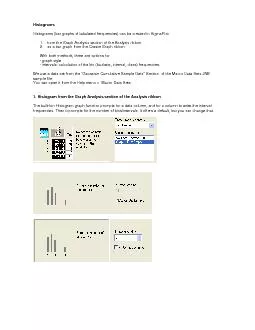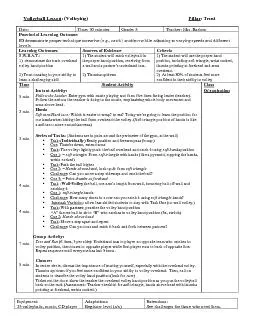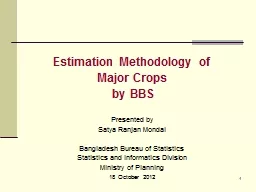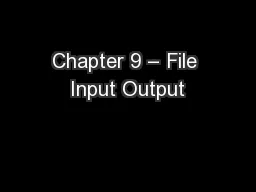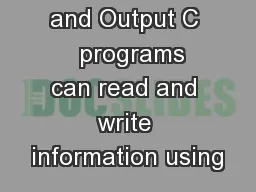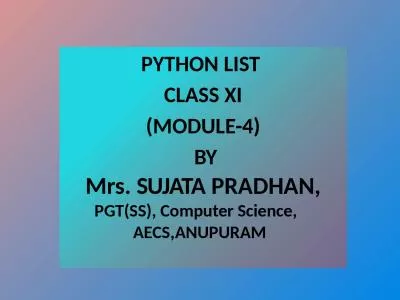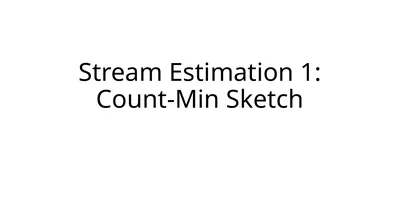PPT-Stream Estimation 1: Count-Min Sketch Contd.. Input data element enter one after another
Author : tatiana-dople | Published Date : 2019-10-30
Stream Estimation 1 CountMin Sketch Contd Input data element enter one after another ie in a stream Cannot store the entire stream accessibly How do you make critical
Presentation Embed Code
Download Presentation
Download Presentation The PPT/PDF document "Stream Estimation 1: Count-Min Sketch ..." is the property of its rightful owner. Permission is granted to download and print the materials on this website for personal, non-commercial use only, and to display it on your personal computer provided you do not modify the materials and that you retain all copyright notices contained in the materials. By downloading content from our website, you accept the terms of this agreement.
Stream Estimation 1: Count-Min Sketch Contd.. Input data element enter one after another: Transcript
Download Rules Of Document
"Stream Estimation 1: Count-Min Sketch Contd.. Input data element enter one after another"The content belongs to its owner. You may download and print it for personal use, without modification, and keep all copyright notices. By downloading, you agree to these terms.
Related Documents


